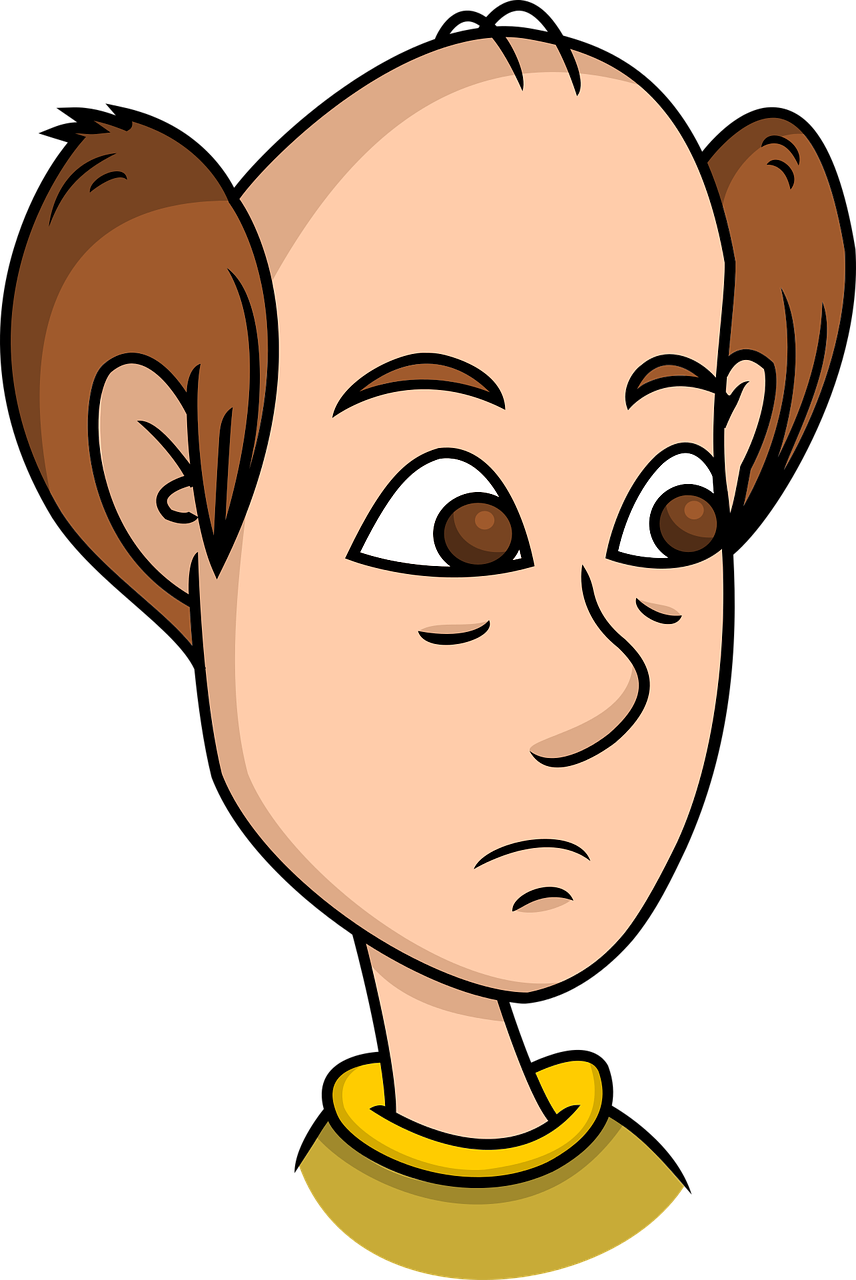
Unfortunately, it seems I’ve lived long enough to suffer a tiny bit of age-related hair loss and thinning. I mean, my husband pointed this out to me, with a weird smile (as if this were all extremely funny), but I didn’t quite take it seriously. Not until I took a look in the mirror with a mirror, so I could see the top of my skull.
And what I saw was a huge, gaping bare patch of skin, with sad-looking strands of hair draped half-heartedly across the void. In fact, every hair on my head seemed listless—as if they were all on the verge of giving up and falling out.
So, needless to say, searching online for intel on “hair loss in women” didn’t do much to improve my mood. But I found this in Harvard Health Publishing, so that seems likely to be a reliable source.
Here’s some of what they had to say:
About one-third of women experience hair loss (alopecia) at some time in their lives; among postmenopausal women, as many as two-thirds suffer hair thinning or bald spots. Hair loss in women often has a greater impact than hair loss does on men, because it’s less socially acceptable for them. Alopecia can severely affect a woman’s emotional well-being and quality of life.
Splendid. As if having dystonia weren’t enough.
But then, I read this:
The main type of hair loss in women is the same as it is men. It’s called androgenetic alopecia, or female (or male) pattern hair loss. In men, hair loss usually begins above the temples, and the receding hairline eventually forms a characteristic “M” shape; hair at the top of the head also thins, often progressing to baldness. In women, androgenetic alopecia begins with gradual thinning at the part line, followed by increasing diffuse hair loss radiating from the top of the head. [Fuck!] A woman’s hairline rarely recedes, and women rarely become bald. [Small comfort. But I’ll take it.]



